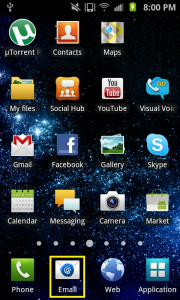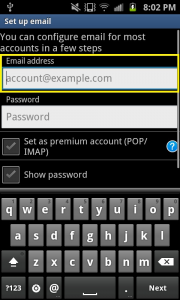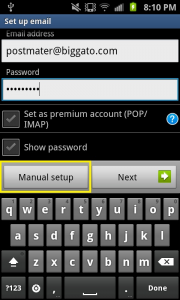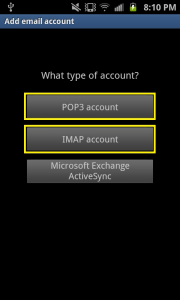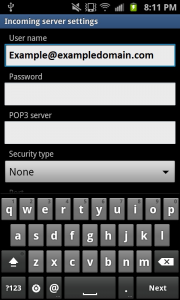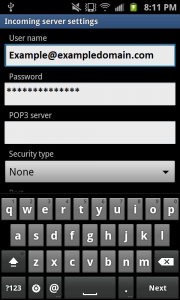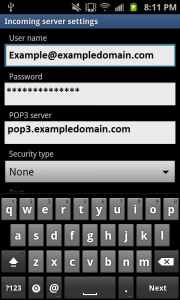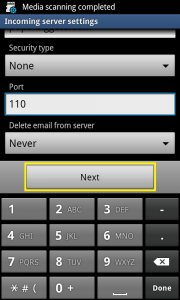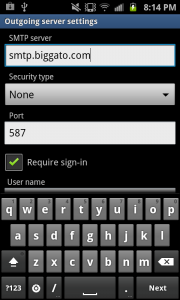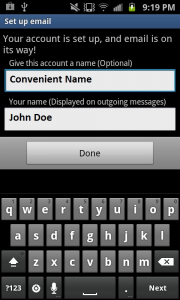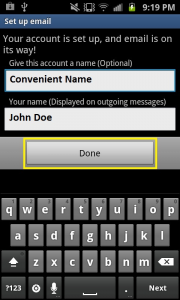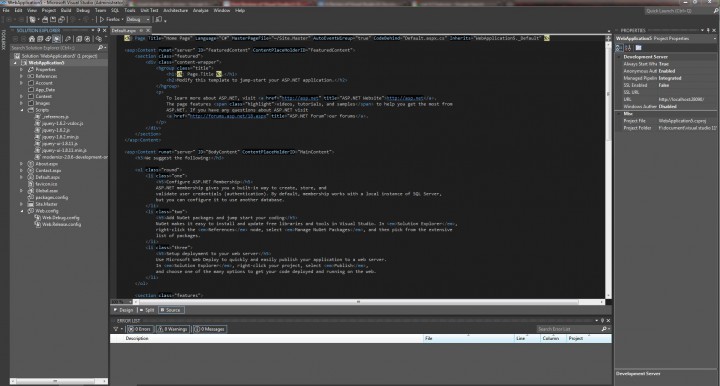 In case you haven’t noticed, the Internet as we know it is changing, for better or worse. Since the beginning of our online lives, we were provided with a large blank canvas which was, for the most part, unregulated. We could say, do, and see most anything under the sun. From this openness sprung a revolution in the way a person could interact with world.
In case you haven’t noticed, the Internet as we know it is changing, for better or worse. Since the beginning of our online lives, we were provided with a large blank canvas which was, for the most part, unregulated. We could say, do, and see most anything under the sun. From this openness sprung a revolution in the way a person could interact with world.
But like most good things, it would seem that this is about to come to an end. It seems inevitable that it was only a matter of time before someone came along and tried to force regulation onto the new frontier.
Now for those who think I may be a day late and a dollar short, this isn’t about SOPA or PIPA (though both of these would have expedited the inevitable if passed). No, what is going to destroy our beloved Internet is the .com domain.
First, a little history. Back in 1998, the U.S. non-profit “International Corporation for Assigned Names and Numbers” (ICANN) was formed by the Clinton administration to award contracts to manage top level domain extensions, including the most popular; .com. A year later (1999) ICANN awarded the contract to manage the .com, .net, and .org TLDs to Network Solutions.
Jump forward one year to 2000, and Network Solutions is acquired by VeriSign, a U.S. based corporation. To this day, VeriSign still controls the .com and .net domains. The management of the .org domains was eventually spun off to a non-profit, the “Public Interest Registry”, which is based in Virginia, along with VeriSign.
So you can see that the three most popular domain extensions are managed by U.S. based companies. This doesn’t mean that you have to register the domain with them, but it does mean they manage how the domains are managed across the Internet.
Now for the change I was talking about.
 Last week the U.S. government seized the gambling site bodog.com for engaging in what is considered in the U.S. to be illegal gambling. What makes this interesting is that bodog.com was registered with a Canadian domain registrar, so logic would lead you to believe that it was outside the U.S. government’s reach.
Last week the U.S. government seized the gambling site bodog.com for engaging in what is considered in the U.S. to be illegal gambling. What makes this interesting is that bodog.com was registered with a Canadian domain registrar, so logic would lead you to believe that it was outside the U.S. government’s reach.
However, never one to walk away when told “no,” the U.S. government went directly to VeriSign to seize the domain. VeriSign, as a U.S. based company, was just following a court order. But as the U.S. government engages in this kind of seizure more and more (as with “Operation In Our Sites,” back in January), more companies are at risk if they run afoul of the U.S. government, regardless of where they are based.
To be fair, we can’t just fault the U.S. government. Every country has control over the management and regulation of their own country code domains, and other countries have certainly seized their share of domains for various reasons. But with the overwhelming popularity of the .com and .net domains, you can understand why the control over such a large percentage of domains being concentrated in one place (and under one government) has people concerned.
Some countries have called for ICANN to be dismantled and the overall management of domains moved to an international, non-governmental agency, such as the International Telecommunications Union (an affiliate of the UN). So far, however, those calls have been quietly ignored.
So as we look out into the great wide open that is the Internet, do you feel a change? Do you fear for your domain?
 If you have a Facebook account, you are likely familiar with their new “timeline” design. They recently made timelines available for company pages, so we thought we’d take the opportunity that the new format provides to toot our own horn a bit.
If you have a Facebook account, you are likely familiar with their new “timeline” design. They recently made timelines available for company pages, so we thought we’d take the opportunity that the new format provides to toot our own horn a bit.



